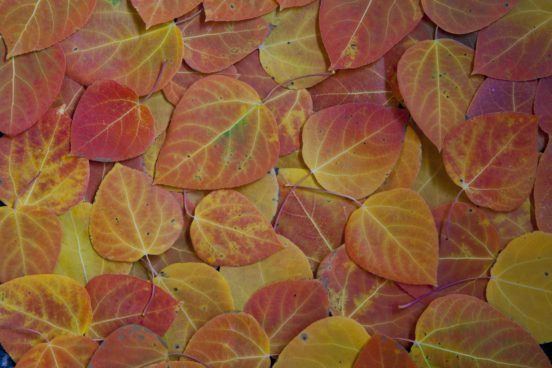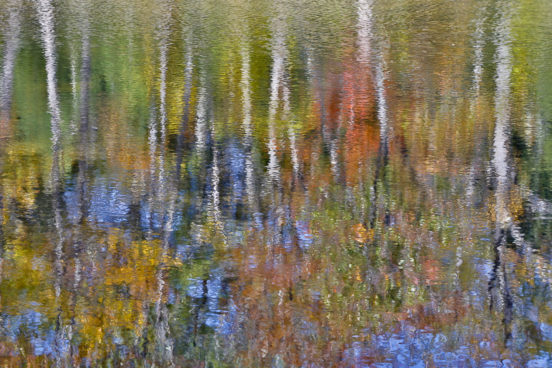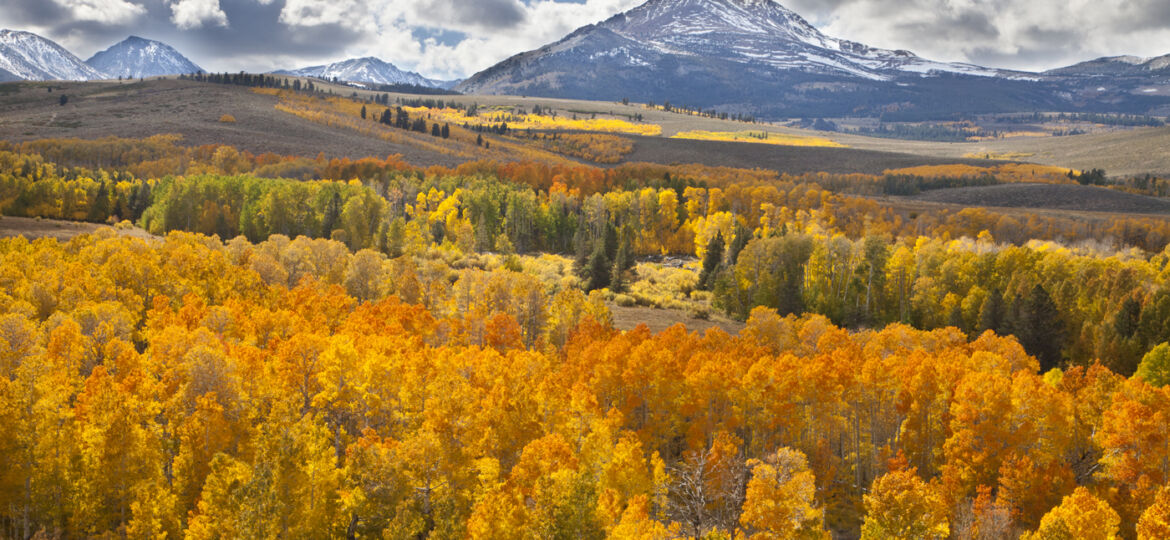The cool, crisp autumn air has arrived, bringing with it the vibrant fall colors that many photographers across the country seek out in nature.
Want to learn how to get the best shots of the colorful foliage this year? We turned to Darrell Gulin, a professional nature, wildlife and travel photographer who has traveled to all seven continents.
Darrell, who is part of Canon’s “Explorers of Light” program, says a great photo starts with doing research on your subject and using the right equipment (always use a tripod).
Now, here are his seven tips for getting great shots of the most stunning fall scenery.
Follow the season
Peak colors typically move from north to south and from higher elevations to lower ones, so plan accordingly. Search online for websites that track where the leaves are at their peak colors, and follow photographers on blogs, Pinterest and Instagram.
“Do your research,” Darrell said. “Scout the areas where you want to shoot, and return there more than once. The more you go back, the more you learn the area.”
Show the ‘grand landscape’
Use a wide-angle or panoramic lens to capture greater depth of field.
“Use the foreground and show the entire scene,” Darrell said. “But that can be challenging because you need a good foreground (closest to the camera), mid-ground and background. They all have to come together.”
Don’t forget to do the details

 If the conditions aren’t ideal for that “grand landscape” shot, instead focus on patterns and other close-up details.
If the conditions aren’t ideal for that “grand landscape” shot, instead focus on patterns and other close-up details.
“For example, you don’t want to show a boring, gray sky, so maybe you use a telephoto lens to come in close on a grouping of tree trunks with color intermixed with it,” Darrell said. “Leaves that have fallen on the ground, a trail or a road, can also be amazing.”
Make sure to use a polarizing filter
A polarizing filter is a must-have tool for nature photography.
“It increases the contrast, makes the color pop and controls the glare and shine on the leaves and water,” Darrell said.
If you don’t have a polarizer, he recommends slightly underexposing your photo to saturate the color. You can do that by adjusting your aperture and shutter speed.
Use backlighting
You’ve probably been told not to shoot directly into the sun because you’ll end up with overexposed photos that turn your subject into silhouettes. But, while technically difficult, backlight can actually create some pretty cool effects for your photos.
“Backlighting can be dramatic, and it really makes the leaves almost look like stained glass,” Darrell said. “A stained-glass look from the front? OK, but kind of boring. But you get the sunlight behind it — like the sunlight behind the leaves — and it really has a dramatic look to it.”
Watch the light
Go back to your favorite location at different times of day when the sun will be in different spots. The different lighting can help you get unique looks even if the scenery is the same.
“Morning light and evening light are really good,” Darrell said. “And when it’s overcast, there aren’t any shadows, so it gives you a soft, almost pastel, look that can be very nice.”
Use reflections in the water
 You can get some jaw-dropping shots by using a lake or river to capture the reflection of fall colors. You can either shoot the broader landscape with the trees, mountains and the water, or you can just zoom in on the water.
You can get some jaw-dropping shots by using a lake or river to capture the reflection of fall colors. You can either shoot the broader landscape with the trees, mountains and the water, or you can just zoom in on the water.
“A lot of times I like to use a telephoto lens to come in really tight on the reflections and make it very artistic,” Darrell said. “The slower the shutter speed, the more the color blends in and becomes really nice.”
One more trick? Go out in the morning or afternoon when the light is on the trees but not on the water.
“It really intensifies the reflection in the water,” he said. “A lot of people don’t know that, but that’s how you get the great fall color reflections. Shade on the water and light on the tree itself, and then it reflects the color really wonderfully.”
So what does a pro use to get the perfect shot? Darrell typically uses a Canon EOS 5D Mark III DSLR camera or the new Canon EOS 5D Mark IV. And if he had just one lens for fall color, it would be a Canon 24-105mm L.
For more photography tips and tricks, visit BestBuy.com or sign up to attend an upcoming free photography workshop at select Best Buy stores.


